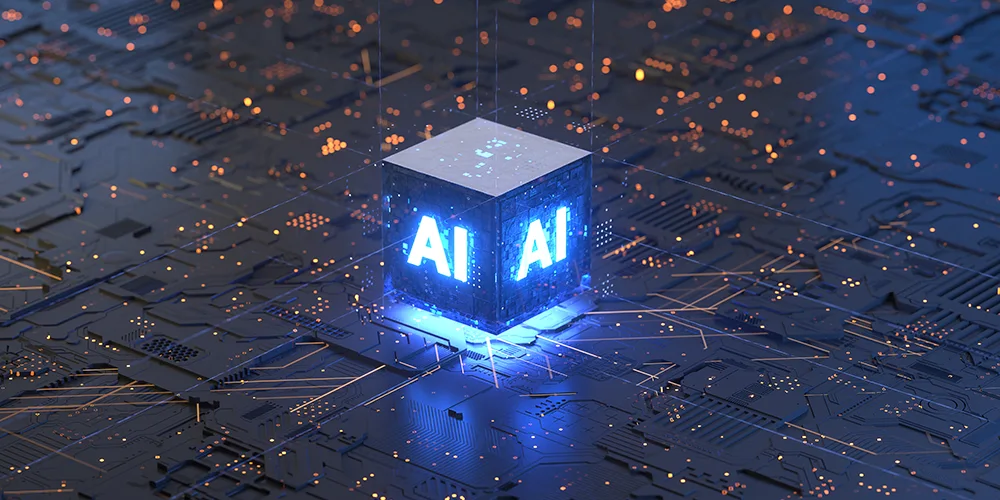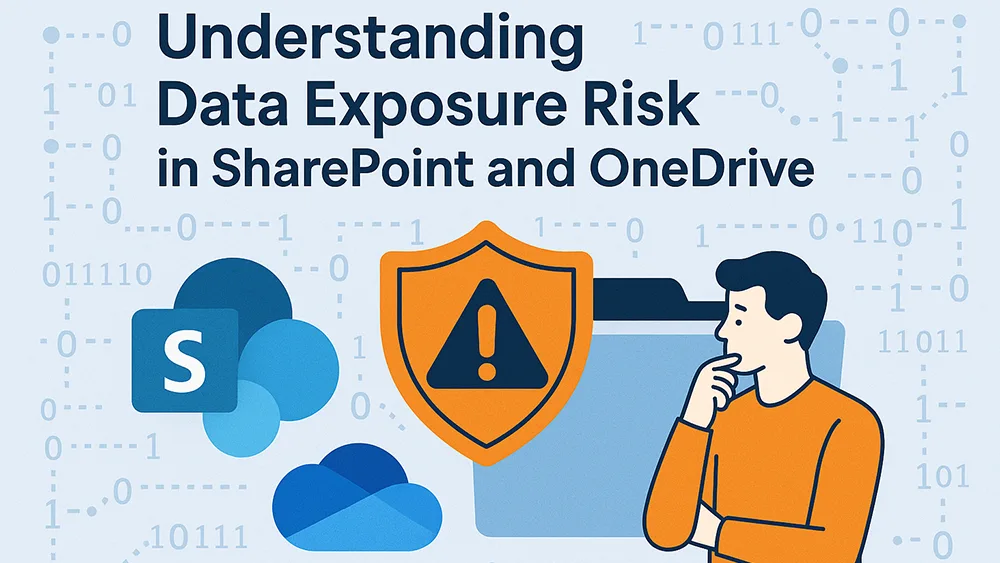Machine Learning Algorithms in Cybersecurity

Posted on September 30, 2024 by Rob May
Welcome to our technical blog, where we share insights and expertise on a variety of technical topics. This post is part of our ongoing series, specifically aimed at professionals in technical roles, providing in-depth information and practical tips.
As cyber threats become increasingly sophisticated, the need for advanced cybersecurity measures has never been greater. Machine learning (ML), a subset of artificial intelligence (AI), plays a pivotal role in modern cybersecurity strategies by enabling systems to learn from data, adapt to new threats, and automate defensive actions. This blog explores the various machine learning algorithms used in cybersecurity, illustrating their practical applications and impact on enhancing security.
Understanding Machine Learning
Machine learning involves training algorithms on large datasets to identify patterns and make predictions without explicit programming. There are three primary types of machine learning:
- Supervised Learning: The algorithm is trained on labelled data, meaning the input data is paired with the correct output. This type is used for classification and regression tasks.
- Unsupervised Learning: The algorithm is trained on unlabelled data and must find structure and patterns within the data on its own. This type is often used for clustering and anomaly detection.
- Reinforcement Learning: The algorithm learns by interacting with an environment, receiving rewards for performing correct actions and penalties for incorrect ones. This type is used for sequential decision-making tasks.
Applications of Machine Learning in Cybersecurity
Machine learning can be applied to various aspects of cybersecurity, including threat detection, anomaly detection, malware analysis, and predictive analytics.
Threat Detection
One of the primary applications of machine learning in cybersecurity is threat detection. Supervised learning algorithms, such as decision trees, support vector machines (SVM), and neural networks, are commonly used to classify and identify potential threats based on historical data. These algorithms can learn to distinguish between benign and malicious activities, improving the accuracy of threat detection systems.
For instance, email filtering systems use supervised learning to detect phishing attempts. By analysing the features of known phishing emails, such as suspicious URLs, language patterns, and sender information, the system can predict and block new phishing attempts before they reach the user.
Anomaly Detection
Unsupervised learning algorithms, such as clustering and anomaly detection techniques, are crucial for identifying unusual behaviour that may indicate a security breach. These algorithms do not require labelled data and can detect deviations from normal patterns.
For example, an anomaly detection system might monitor network traffic to identify unusual spikes in data transfer rates, which could indicate a potential data exfiltration attempt. Similarly, user behaviour analytics (UBA) systems use unsupervised learning to detect anomalies in user activities, such as unexpected login times or access to sensitive information, which may suggest a compromised account.
Malware Analysis
Machine learning is also extensively used in malware analysis to identify and classify malicious software. Supervised learning algorithms can be trained on features extracted from known malware samples, such as opcode sequences, API calls, and file structures, to detect new malware variants.
Deep learning techniques, particularly Convolutional Neural Networks (CNNs), have shown great promise in malware detection by automatically learning complex patterns from raw data. These models can analyse binary files as images, capturing intricate details that traditional methods might miss.
Predictive Analytics
Predictive analytics leverages machine learning to forecast potential cyber threats based on historical data. By analysing trends and patterns in previous attacks, predictive models can estimate the likelihood of future attacks and identify the most vulnerable assets.
For instance, a predictive analytics system might analyse past data breaches to determine common factors, such as attack vectors and targeted industries, and predict which organisations are at the highest risk of similar attacks. This information can help organisations proactively strengthen their defences.
Case Studies and Real-World Examples
Case Study 1: Google’s Gmail Spam Filter
Google’s Gmail uses supervised learning algorithms to filter out spam and phishing emails. By continuously learning from user feedback and analysing billions of emails, the system can accurately identify and block malicious messages, maintaining a high level of email security for its users.
Case Study 2: Darktrace’s Enterprise Immune System
Darktrace uses unsupervised learning to develop its Enterprise Immune System, which mimics the human immune system to detect and respond to cyber threats. By learning the ‘normal’ behaviour of users, devices, and networks, Darktrace can identify and respond to anomalous activities in real-time, providing adaptive and autonomous security.
Challenges and Future Directions
While machine learning significantly enhances cybersecurity, it also presents challenges. Adversarial attacks, where attackers manipulate data to deceive ML
models, are a growing concern. Additionally, the need for large datasets to train models raises privacy and data security issues.
Future research in explainable AI aims to address the interpretability of ML models, making it easier for security analysts to understand and trust their decisions. Moreover, integrating ML with other technologies, such as blockchain, may further enhance security by ensuring data integrity and provenance.
Machine learning algorithms are transforming cybersecurity by providing powerful tools for threat detection, anomaly detection, malware analysis, and predictive analytics. As cyber threats continue to evolve, the role of machine learning in cybersecurity will become increasingly vital. By harnessing the power of ML, organisations can stay one step ahead of cyber attackers, ensuring a more secure digital environment.

Take the ramsac AI Readiness Assessment
Our AI readiness assessment looks at what your organisation needs to implement AI, and provides you with clear guidance and support to make it happen.







